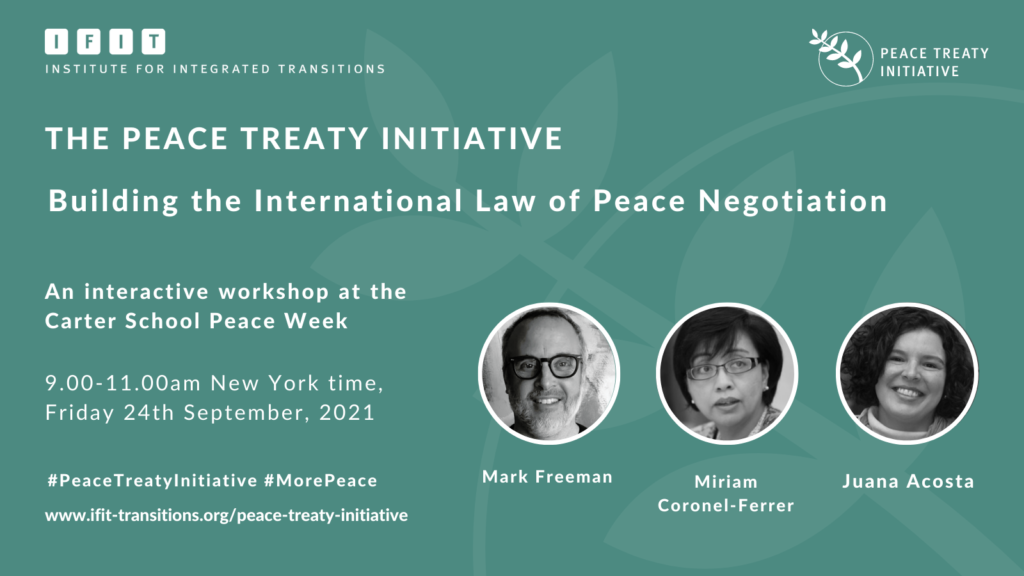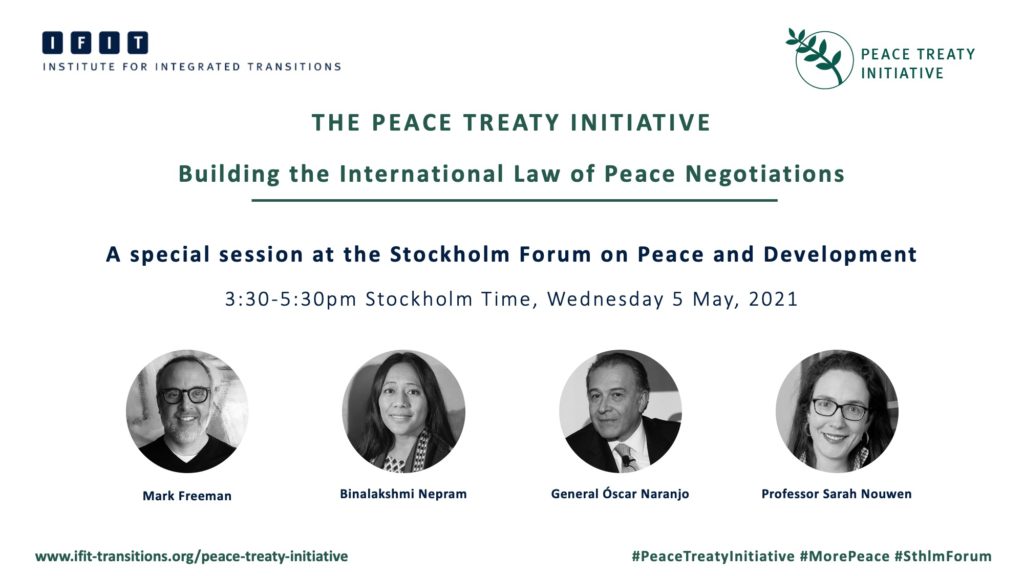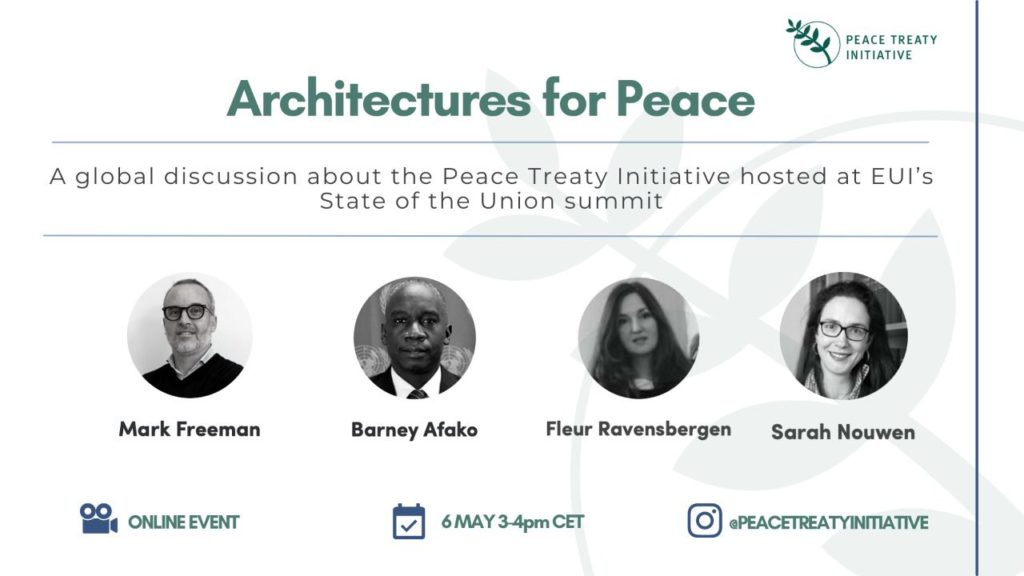Public Commentary / 30 May 2024
Ten ideas on how to overcome polarization

Polarization isn’t just any kind of problem. It is a hyper-problem—that special category of problem which, when present, impedes a society’s or political system’s ability to solve almost any other kind of problem
But how to solve polarization? And better yet, how to prevent it?
Unfortunately, we don’t yet know enough to answer either of these questions properly. However, based on experiences from places like Northern Ireland, Kenya, Tunisia, Colombia and beyond, we have some ideas. Here are ten of them.
1) Protect the risk-takers
Preventing or reducing polarization creates unfair burdens. Some people end up paying a higher price than the rest—enduring violence, threats, slander and more. Concerned governments and donors need to do everything possible to safeguard those willing to assume the biggest risks. Protection can include anything from security detail to salary replacement to legal defense. The more protected the risk-takers are, the more they can do.
2) Look beyond the politicians
To help solve polarization, society must constantly push political elites to do better and do more. Likewise, society’s trusted norm-keepers must elevate their own visibility and voices. Depending on the society, the norm-keepers might include business figures, doctors, soldiers, celebrities, religious leaders and more. They must be “noisy moderates”, especially in moments when they have greater bandwidth for action than the politicians.
3) Focus on key sites
Identifying the places—physical and virtual—most likely to become flash points and giving them extra attention helps maximize the deployment of limited resources. Often they are places where historical grievances or power imbalances are most acute. In parallel, it’s useful to shine a spotlight on the most depolarized cities, towns and neighbourhoods. Their positive deviation from and positive demonstration effect on others can exert a significant influence.
4) Take first steps
Most opportunities to depolarize require self-initiative. You won’t know if there is an opportunity to depolarize unless you test it through action (for example, by extending an invitation for confidential dialogue to the “other side”, or calling out extremists on your own side). The response can sometimes surprise, and the alternative—waiting for suitable conditions to emerge—is a recipe for the divides to grow and for depolarization opportunities to shrink. Polarization isn’t static; the dynamic is centrifugal.
5) Foster trust quietly
Confidence-building measures (CBMs) are age-old tools of diplomacy and peace-making. Breakthroughs in relationships depend on them. While public statements are sometimes viewed as imperative (for example, calling out disinformation campaigns), they fix little unless accompanied by strategies of private outreach. It is outside the public gaze, not under it, where most common ground is built, misunderstandings get discovered, and performative conduct is minimized.
6) Build depolarization bodies
Polarization doesn’t occur in a vacuum but within an ecosystem of institutions, laws and norms. These “rules of the game” determine whether it’s easier or harder for polarization to thrive. But whose job is it to fix polarization? If it’s everyone’s job, as the saying goes, it’s no one’s job. Therefore, creating durable local and national institutions with the specific mandate of depolarization—as some societies have done—is a logical part of the solution.
7) Engage the young
The polarization of societies and political systems isn’t necessarily trans-generational. Often, it is more concentrated in older generations in which grievances and disputes, both serious and petty, have become entrenched. Youth who are tired of the polarization they see—a much larger cohort than news headlines and recency bias could imply—may be an important part of the antidote, meriting greater attention and engagement.
8) Take hate speech seriously
Freedom of speech is nearly absolute in some societies and the right to express odious views is vigorously defended. The claim, a valid one, is that “hate speech” should be fought with “more speech”, rather than with censorship or prohibition. But in a polarized society or political system, that logic can obscure the great dangers of hate speech—whether that speech is explicit or expressed through coded language or dog whistles. A hate speech reduction strategy (there are lots of toolkits for it) is needed. “More speech” isn’t nearly enough to prevent violence when polarization is present.
9) Contain polarization in elections
In democracies, not all moments are equal in their impact on polarization. Elections are particularly tricky. We need them, but by their very nature they lead political parties and leaders to attack one another. The contest is structured to produce clear winners and losers, and the prize is power. As such, reducing polarization isn’t a realistic goal during elections; it’s much better to focus on managing their polarizing nature and ensuring that the process doesn’t tip into violence. Solving polarization is more viable in the long periods outside the peak of election cycles.
10) Prioritize the “how”
At its core, polarization involves a growing breach between radicalized poles of comparable size or force. For this reason, solutions have to tilt toward a logic of relationship repair, as opposed to one of vanquishment. This doesn’t mean staying neutral in the face of offense, but it does mean being more thoughtful about the “how” of one’s actions, knowing that the methods we use to reduce polarization strongly determine the quality and durability of any peace and cohesion that follow.
This article was written by Mark Freeman and Hilary Pennington. The authors wish to thank Monica McWilliams, Ouided Bouchamaoui, Oscar Naranjo and Samuel Kobia and colleagues at IFIT and the Ford Foundation for inspiring some of these ideas.
Originally published in The Economist Impact.






